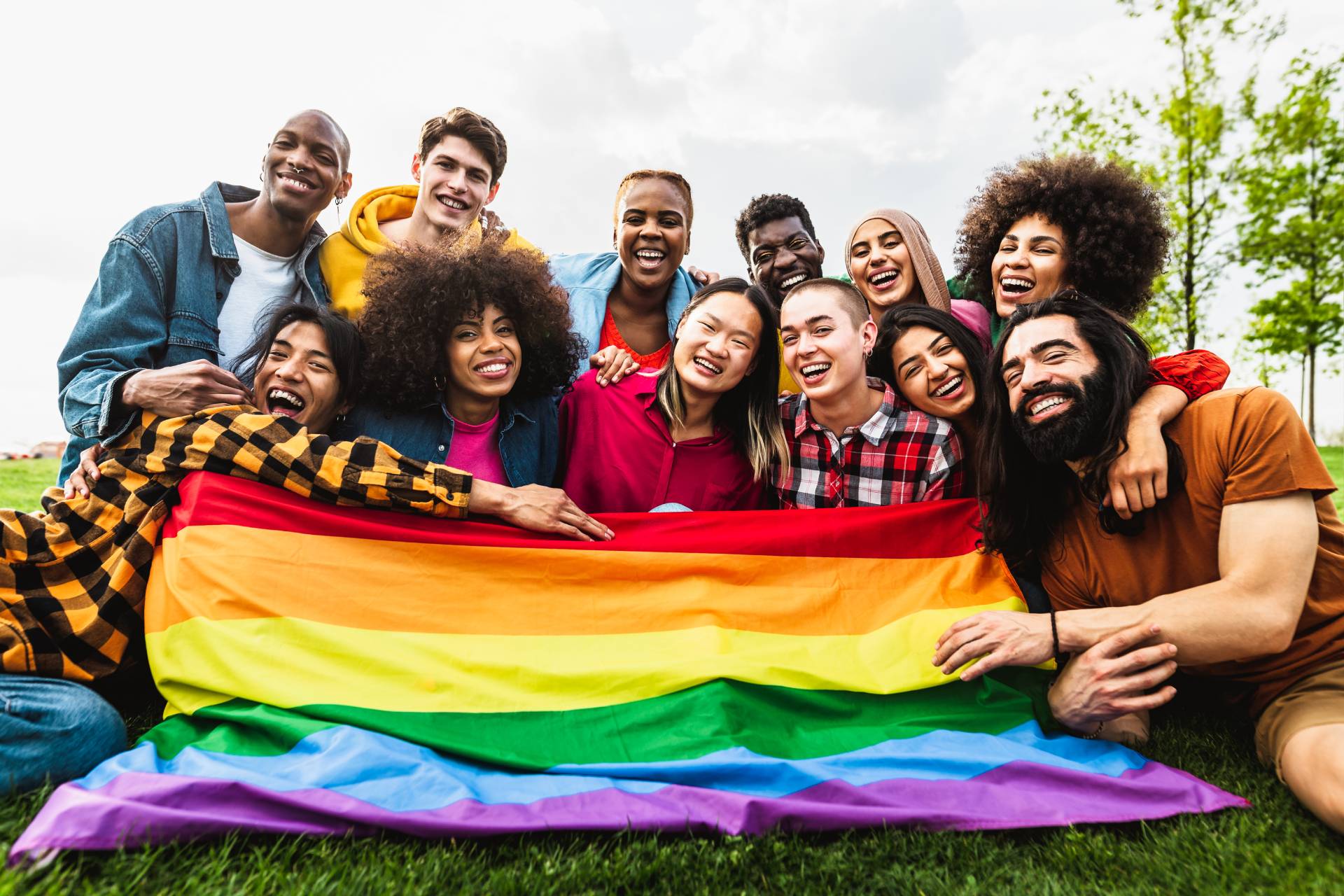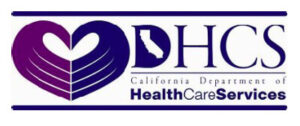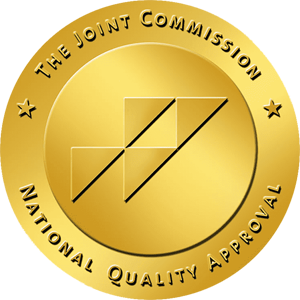Substance abuse is a serious issue that affects millions of people worldwide. However, research shows that members of the LGBTQ community are at a much higher risk than the general population. Studies have found that LGBTQ individuals are two to four times more likely to use drugs and alcohol compared to heterosexual and cisgender individuals. But why is this happening? Understanding the reasons behind this alarming trend is the first step toward finding solutions and providing better support.
Discrimination and Stigma
One of the biggest reasons for high substance abuse rates in the LGBTQ community is discrimination. Many LGBTQ individuals experience rejection, bullying, and even violence simply because of who they are. Facing constant judgment and harassment creates emotional pain and psychological stress.
When people feel isolated, judged, or unsafe, they may turn to drugs or alcohol as a way to cope. Substances can offer temporary relief from anxiety, sadness, or anger. Sadly, what starts as a coping mechanism can quickly become a dangerous addiction.
Mental Health Challenges
Mental health struggles are common in the LGBTQ community. Issues like depression, anxiety, and post-traumatic stress disorder (PTSD) occur at much higher rates. Many LGBTQ individuals also experience what’s known as minority stress — the unique, chronic stress faced by marginalized groups.
Without proper mental health care, people often seek out ways to numb their emotional pain. Substance use may seem like an easy solution. Unfortunately, it usually worsens mental health problems over time, creating a vicious cycle.
Lack of Family Support
Family rejection is another painful reality for many LGBTQ people, especially youth. Some are kicked out of their homes after coming out. Others face emotional neglect or verbal abuse. A strong, supportive family is a protective factor against substance abuse. When that support is missing, LGBTQ individuals are more vulnerable to addiction.
Young LGBTQ people who experience family rejection are more likely to become homeless, and homeless youth have a significantly higher risk of substance use.
Bar Culture and Community Spaces
For many years, bars and nightclubs were some of the only safe spaces for LGBTQ individuals to meet and build community. Even today, these spaces remain important social hubs. However, alcohol and drug use are often a big part of the culture in these environments.
When socializing is strongly tied to drinking or partying, it can normalize heavy substance use. Some LGBTQ individuals may feel pressure to engage in these behaviors to fit in, even if they don’t want to.
Trauma and Abuse
Higher rates of trauma also contribute to substance abuse in the LGBTQ community. Many individuals have faced sexual assault, hate crimes, domestic violence, or other forms of abuse. Experiencing trauma — especially without access to appropriate counseling and support — dramatically increases the risk of turning to drugs or alcohol to cope.
Transgender individuals, in particular, face very high rates of violence and harassment, which often leads to higher rates of substance use disorders.
Barriers to Healthcare
Accessing healthcare is not easy for everyone in the LGBTQ community. Healthcare providers often discriminate against many, or make them fear they won’t receive respectful treatment. As a result, they might avoid seeking help for substance use or mental health problems.
Even when services are available, they are not always LGBTQ-affirming. Without culturally competent care, individuals may feel misunderstood or judged, making recovery much harder.
Internalized Homophobia and Shame
Growing up in a society that often marginalizes LGBTQ people can lead to internalized homophobia — the negative feelings a person has about their own sexuality or gender identity. This shame can create deep emotional wounds.
Substances can temporarily mask feelings of self-hatred, guilt, or worthlessness. However, the long-term consequences are devastating, making healing even more difficult without proper support.
What Can Be Done?
Understanding the causes of high substance abuse rates in the LGBTQ community helps highlight the need for solutions. Here are some important steps:
- Create More Safe Spaces: More sober LGBTQ spaces and events can help reduce the link between socializing and substance use.
- Expand Mental Health Services: Accessible, LGBTQ-affirming mental health services are crucial.
- Educate Families: Programs that teach families about acceptance can save lives.
- Train Healthcare Providers: Making healthcare environments welcoming for LGBTQ individuals can increase the likelihood of seeking help.
- Raise Awareness: Public education campaigns can break down stigma around both substance abuse and LGBTQ identities.
Substance abuse in the LGBTQ community is not simply about personal choices or “bad behavior.” It is deeply connected to the social challenges, discrimination, and traumas that many LGBTQ individuals face. By addressing the root causes — not just the symptoms — we can build a more compassionate world where everyone has the support they need to live healthy, fulfilling lives.






